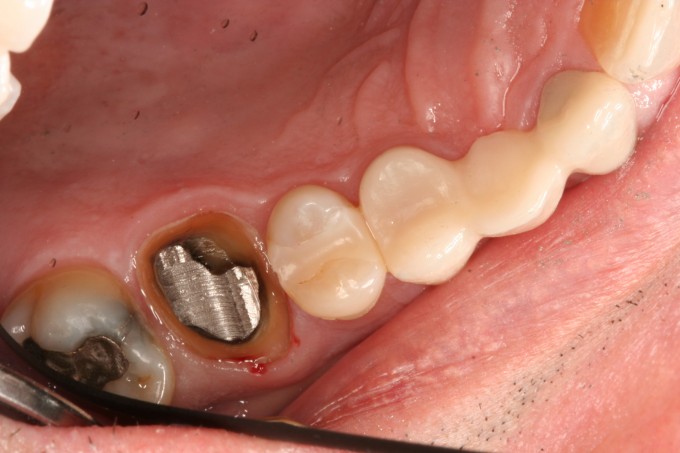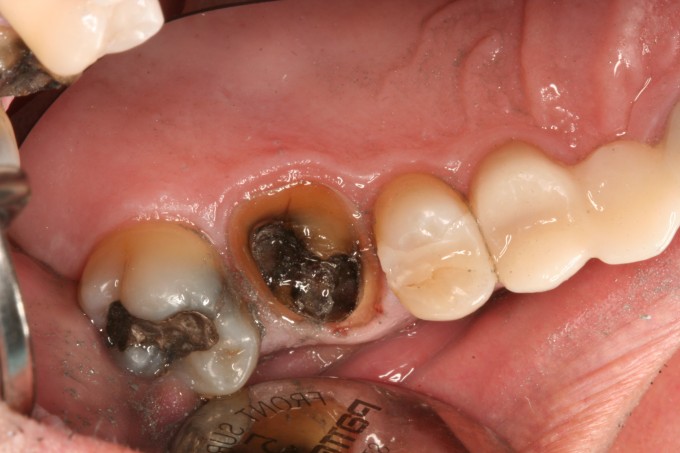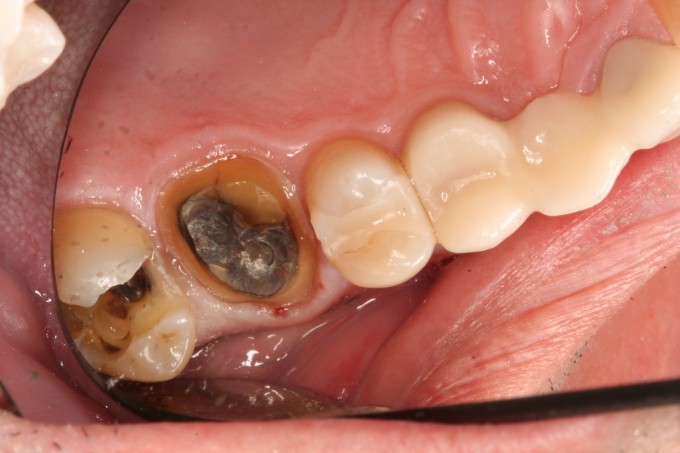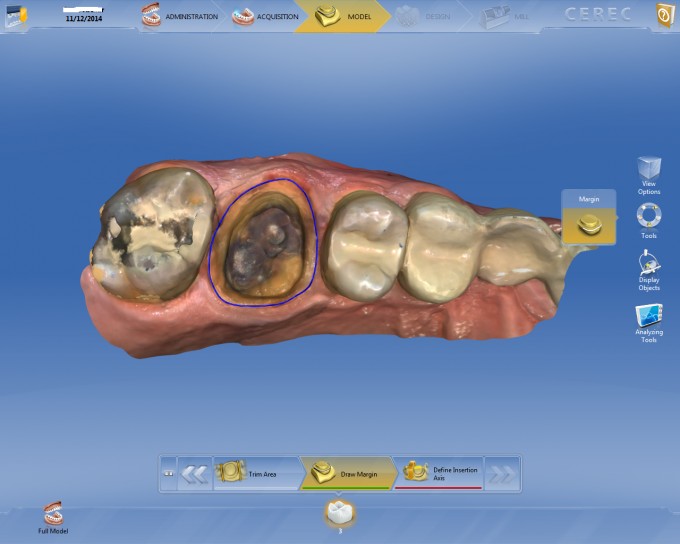CEREC Preparations - Remove the Alloy
Have you ever removed a relatively acceptable amalgam restoration only to be surprised by what lies beneath? No obvious troubles clinically or radiographically, but we often find washed out liners, mushy bases and secondary decay. If we are placing a direct composite or a ceramic inlay/onlay, we remove all of the old amalgam, correct? Why? Because we want to bond to fresh tooth structure.
If this concept is the standard for the above-mentioned restorations, why is it even a discussion when it comes to restoring teeth with full coverage ceramic crowns? Whenever possible, remove all of the old amalgam. Who knows what is under there. Dentists will argue that they are trying to gain more resistance form or are using the amalgam to protect the pulp. Trust me, another dentist has been down in the cavity years before you, you won’t have a pulpal exposure. Our goal, however, is to create a smooth flowing preparation design to ensure the most accurate milling of our crown. If you need a core to accomplish this, a bonded core is preferable to the old alloy.
To truly take advantage of the various dentin bonding systems out there you will need…dentin. The bond between amalgam and tooth is weak. The bond between amalgam and ceramic is weaker. We need fresh open tubules to bond to for strength and for decreases sensitivity. While there are certain cases where removing all of the alloy may not be indicated, these are few and far between.







